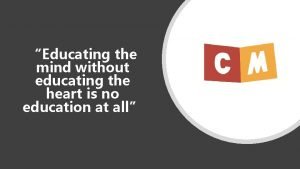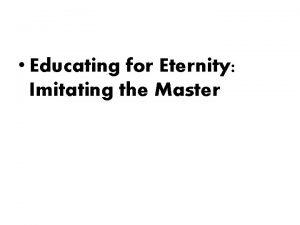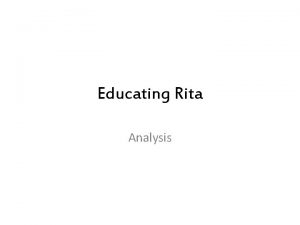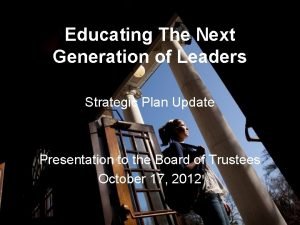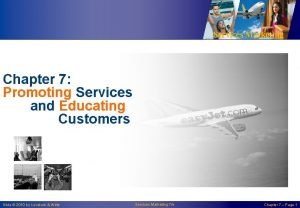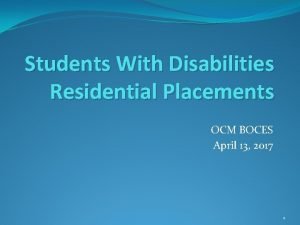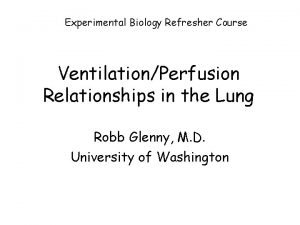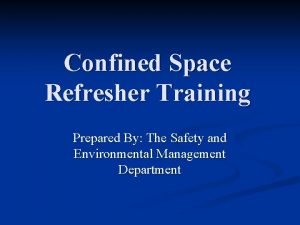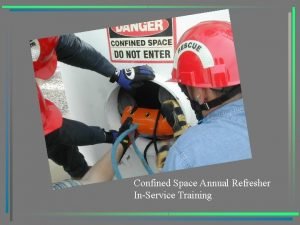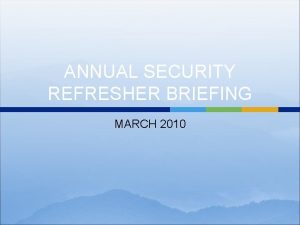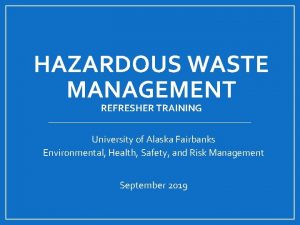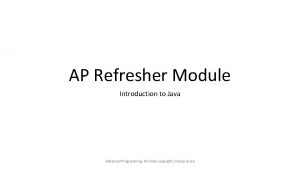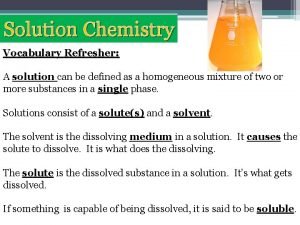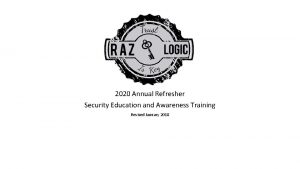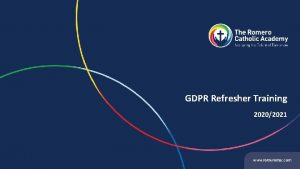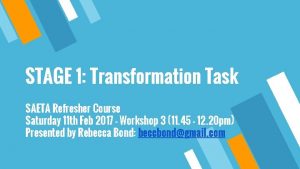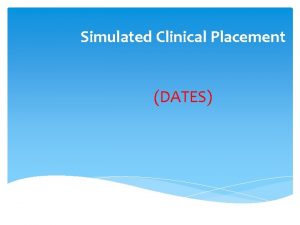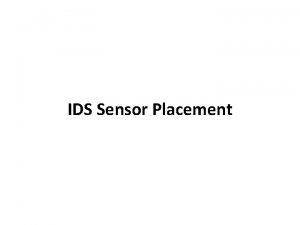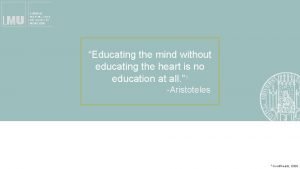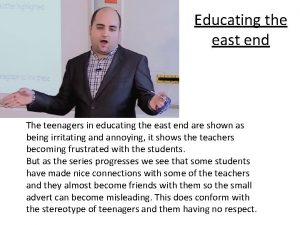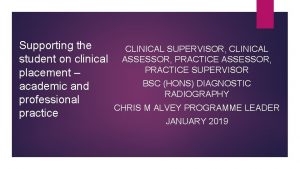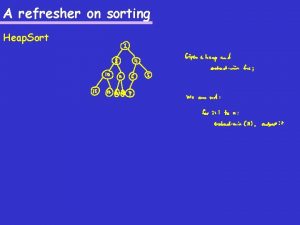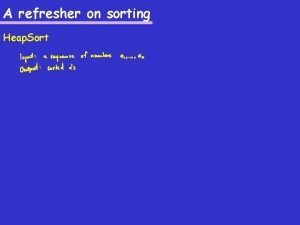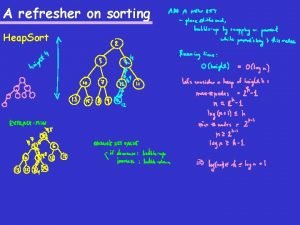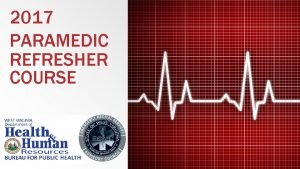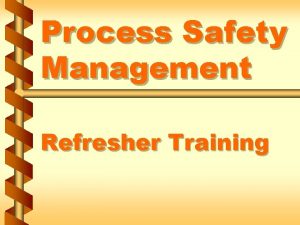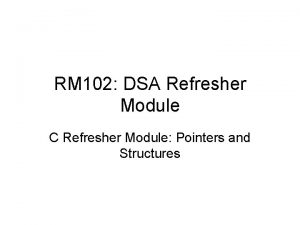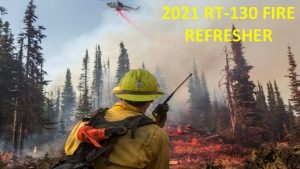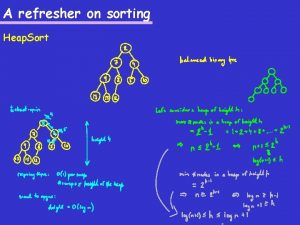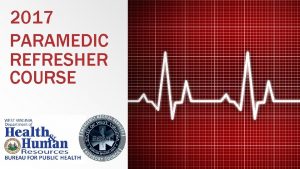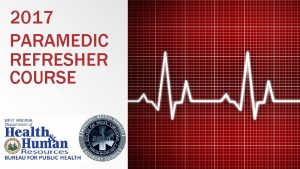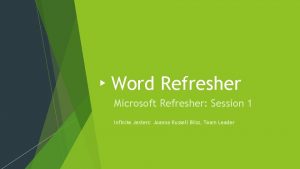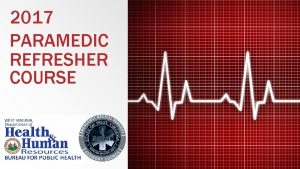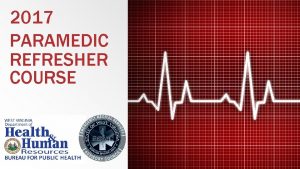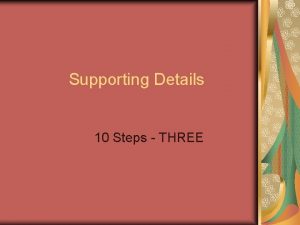Supporting students Educating students on clinical placement refresher
























- Slides: 24

Supporting students Educating students on clinical placement: refresher training session CRP, March 2017

Today we will cover The purpose of practice education ¡ Experiential learning and reflection ¡ Induction ¡ Learning opportunities ¡ Learning domains ¡ Assessment and feedback ¡ SMART learning outcomes ¡ Supervision and coaching ¡

Purpose of practice education ¡ To allow the acquisition of professional knowledge, skills and attitudes ¡ To allow theorising of practice and the practicing of theory ¡ To allow professional identity formation and enculturisation (the process by which students are inducted and adopt their professional culture)

Experiential Learning - Kolb Concrete experience Active experimentation Testing the implications of new ideas in new situations Observations and reflections Formation of abstract concepts and generalizations

Practice link……. ¡ ¡ ¡ Student observes a functional assessment Student reviews the event and thinks about what happened and how those involved felt about it Begins to make sense of it by seeking more information and forming new ideas Tries out the new ideas which result from earlier experience and reflection Adopting new ideas to practice …. concrete experience

Reflective practice - Schön ¡ ‘Reflection in action’ students can be ‘coached’ in a safe environment, by repeating a task and stopping at intervals to explain an action or point out important factors ¡ Stopping during a task and asking the student to decide on the next action to take ¡ ‘Reflection on action’ - reflecting after the event

Induction ¡ ¡ ¡ When does induction start? Benefits of having information ahead of placement Ensure student feels welcome and orientated

Learning opportunities ¡ ¡ What learning opportunities are available in your workplace? Which opportunities are generic and which are specialist?

Learning domains Reece and Walker (2007) Developments within cognitive psychology and pedagogical studies have led to theorisation of domains of learning ¡ Teaching and learning relationships are dependent upon the disposition, attributions and motivation of the learner ¡

Cognitive Domain l l l Facts Memory Thinking Understanding Concept attainment Problem solving ¡ ¡ How would you utilise the cognitive domain to teach and assess a student? Think of examples from your work place

Psychomotor Domain l l l Physical skill acquisition Quick Accurate Calm Acquisition over time Autonomous ¡ ¡ How would you utilise the psychomotor domain to teach and assess a student? Think of examples from your work place

Affective Domain ¡ Relating to attitudes l l The value base Behaviour Interpersonal and intrapersonal skills Approach, professionalism and conduct ¡ ¡ How would you utilise the Affective domain to teach and assess a student? Think of examples from your work place

Levels of assessment ¡ Each taxonomy adopts a behaviourist classification of objectives that allows sequential progress. ¡ Students cannot be expected to address higher levels until those below have been covered. ¡ Cognitive and psychomotor domains progress from simple to complex knowledge and skill acquisition. ¡ Each succeeding level in the effective domain involves greater internalisation of the feeling or attitude MF

Assessment How to assess ¡ ¡ ¡ ¡ Observation Direct questioning Assessing record and note keeping Presentations Tutorials Demonstration of specific techniques Reflective accounts Who assesses? ¡ Educator Team Client and carer Student ¡ ALL of the time ¡ ¡ ¡

Feedback v Be timely v Include a positive v Be specific v Own the feedback v Allow the student to comment v Encourage self-evaluation v Check the message has been received and understood v Document the feedback MF

SMART Learning Outcomes Specific avoid vague verbs understand, learn, know, continue Use action specific verbs demonstrate, explain, discuss, Measurable How often? How well? How many? With/without supervision Achievable opportunity, motivation resources Realistic Level of student Timely To be achieved by when

Supervising students in practice ¡ ¡ ¡ When / where / duration The supervisory relationship Supervision agreement Supervision agenda Documentation

The coaching process v Encourage the student to build on their strengths v Identify and focus on the student’s unique learning and development needs v Give honest feedback that results in the student being individually stretched and challenged v Encourage the student to solve problems and make changes for themselves

Signs and symptoms v Quiet / withdrawn / avoids eye contact v Disinterested v Bravado v Late / absent v Does not ask questions v Daydreaming / irritable / emotional v Scared v Inappropriate behaviour v Lack of initiation v Peaks / troughs

The consequences of a fail v Re-take of professional practice v Increase personal and professional confidence v Provide the student with the opportunity to develop a new skill base v Termination of training

Consequences of failing to fail…. . v Compromises your professions standards v Puts vulnerable patients/clients at risk v Wrong impression is given to the student of their current ability v Leads to on-going development of poor practice due to incorrect feedback

Giving the fail report v Plan v Document summative assessment and gather supporting evidence v Recognise the emotions involved v Consider possible gender, generation issues v Maintain dignity v Base feedback on objective learning outcomes v Document

Conclude ¡ § § § Students are less likely to struggle if you plan, prepare and support: Induction Learning opportunities Reflective practice SMART Learning Outcomes Quality teaching and feedback Use those around you

References ¡ Kolb, D. (1984) Experiential learning: Experience as the source of learning and development (Vol. 1). Englewood Cliffs, NJ: Prentice-Hall ¡ Reece, I. and Walker, S. (2007) Teaching, training and learning: a practical guide. Tyne and Wear, Business Education ¡ Schon, D. (1991) The reflective practitioner: How professionals think in action. Oxford, Routledge.
 Educating the mind without educating the heart source
Educating the mind without educating the heart source Educating for eternity
Educating for eternity Educating rita analysis
Educating rita analysis Promoting services and educating customers
Promoting services and educating customers Educating for careers conference
Educating for careers conference Educating rita context
Educating rita context Educating the next generation of leaders
Educating the next generation of leaders Promote service arrange decide
Promote service arrange decide Residential placement for students with disabilities
Residential placement for students with disabilities Hypoventilation
Hypoventilation Refresher training example
Refresher training example Confined space refresher training
Confined space refresher training Sql refresher
Sql refresher Confined space refresher training
Confined space refresher training Refresher briefing
Refresher briefing Hazmat training alaska
Hazmat training alaska Java refresher course
Java refresher course Chemistry molarity
Chemistry molarity Ifr refresher
Ifr refresher Caution radioactive material
Caution radioactive material Annual security awareness refresher
Annual security awareness refresher Biology refresher
Biology refresher Ipv refresher course
Ipv refresher course Gdpr refresher training
Gdpr refresher training Saeta refresher course 2021
Saeta refresher course 2021
